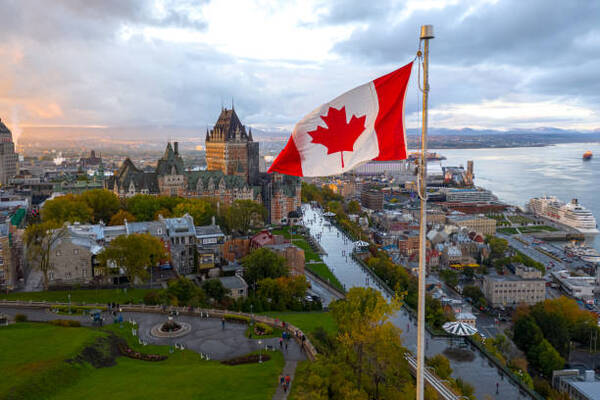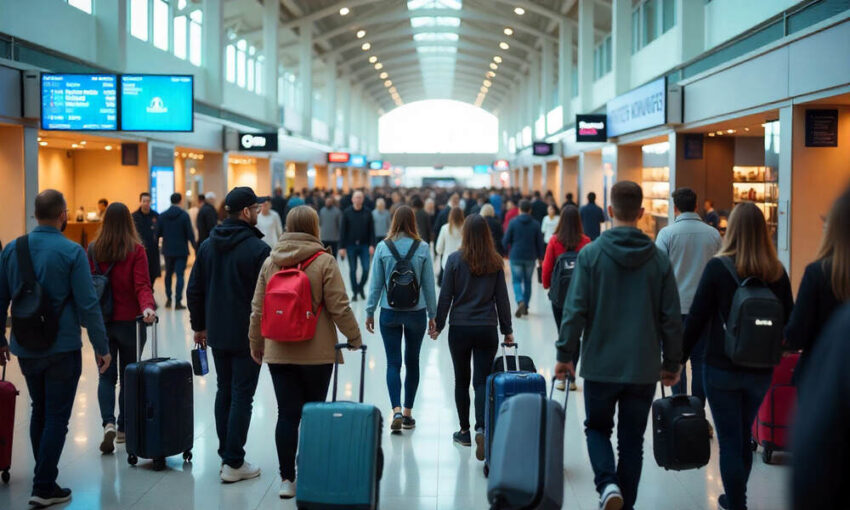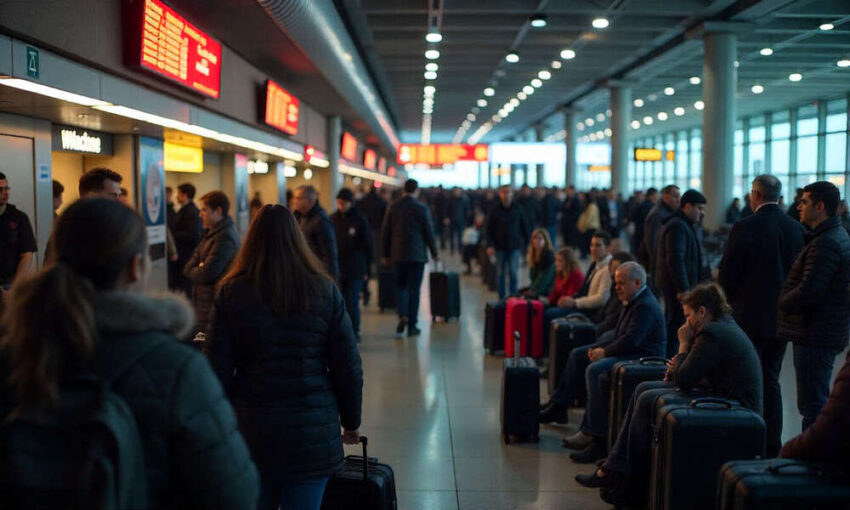Canada Breaks Every Tourism Record In History As Nearly Sixty Billion Dollars In Summer Revenue Marks A Phenomenal Reawakening Of Travel, Culture, And Economic Growth Across The Nation

Canada’s tourism industry has achieved an extraordinary milestone, with nearly sixty billion dollars in revenue generated during the summer months. This record-breaking performance reflects a significant rebound in travel demand, driven by both international and domestic visitors eager to experience Canada’s natural beauty and vibrant cities. The surge in tourism is not just a testament to the country’s appeal but also highlights the strength of its economy, as tourism plays a vital role in driving local growth and global recognition.
Canada’s tourism industry has just wrapped up a record-breaking summer, signalling a powerful rebound in travel demand and solidifying the nation’s position as one of the world’s most desirable destinations. From May to August, the tourism sector generated close to sixty billion dollars in revenue — a six percent increase compared to the same period last year. This surge highlights not just the strength of Canada’s travel market but also the public’s renewed appetite for exploration after years of uncertainty.
Across the country, travellers packed airports, hotels, restaurants, and national parks, creating a ripple effect through local economies. Major urban centres such as Toronto, Vancouver, and Montreal saw steady streams of both domestic and international visitors. Smaller towns and rural destinations also benefited, as travellers sought quieter escapes filled with nature and culture rather than crowded resorts. This shift toward responsible and experience-based travel gave smaller communities a much-needed boost after years of slower recovery.
Much of this growth was driven by international tourism, with visitors from the United States, Europe, and Asia leading the charge. The favourable exchange rate and strong marketing campaigns showcasing Canada’s natural wonders — from the Rockies to the Atlantic coast — encouraged many to make the long-awaited trip north. Air connectivity also improved, with new direct routes and increased flight frequencies making it easier for global travellers to reach Canadian cities. Domestic travel remained robust as well, with Canadians choosing to explore their own country more frequently, spurred by government incentives and regional tourism initiatives.
The summer of 2025 also reflected how the industry has evolved. Travellers are no longer just booking hotel rooms or sightseeing tours; they’re seeking immersive experiences that connect them with local culture, food, and nature. Indigenous tourism, for example, continued to gain traction as visitors looked for authentic storytelling and cultural understanding. Eco-tourism and sustainability efforts became a major focus too, with parks and cities implementing measures to manage overcrowding and protect fragile ecosystems.
British Columbia and Quebec emerged as two of the strongest performers this summer. In British Columbia, national parks such as Yoho and Pacific Rim recorded near-capacity visitor numbers, while coastal tourism thrived thanks to booming cruise traffic and outdoor adventure travel. Quebec’s cultural festivals, vibrant culinary scene, and European charm drew millions of visitors, helping the province achieve one of its best summers on record. Atlantic Canada also experienced a strong rebound, driven by coastal road trips and local tourism campaigns that celebrated maritime traditions and seafood culture.
The return of large-scale events and festivals was another major factor behind the impressive figures. From the Calgary Stampede to Montreal’s Jazz Festival, these gatherings brought energy back to the cities and filled hotels to the brim. Many event organisers introduced digital ticketing and crowd-management systems, blending technology with traditional tourism to enhance visitor safety and experience. Canada’s reputation for being a safe, inclusive, and nature-rich destination added further appeal in a world still adapting to shifting travel priorities.
Beyond the visitor experience, the economic impact was significant. The tourism industry created thousands of seasonal and permanent jobs, benefiting sectors from hospitality and retail to transportation and entertainment. Restaurants and small businesses reported record sales during peak travel months. Airports handled millions of passengers efficiently despite global staffing shortages, and new investments were directed toward upgrading terminals, visitor infrastructure, and eco-friendly transit systems. The ripple effects were felt even in the manufacturing and agriculture sectors, which supply products and services tied to the visitor economy.
Still, challenges remain. Labour shortages in hospitality, fluctuating airline costs, and housing constraints in tourist-heavy regions have created pressure points. Environmental groups continue to push for more balanced tourism models to prevent overuse of natural sites. Yet, the consensus among analysts and tourism officials is that Canada’s summer performance signals long-term growth potential. The emphasis now is on maintaining momentum while ensuring that sustainability stays at the heart of future development.
The 2025 summer season also illustrated how technology and innovation are transforming Canadian tourism. Contactless check-ins, AI-powered itinerary planning, and smart-destination tools allowed visitors to explore more efficiently. Digital marketing campaigns showcasing hidden gems — such as the Yukon wilderness, the Bay of Fundy tides, and the culinary streets of Montreal — resonated with younger travellers who increasingly value authenticity and adventure over luxury. Collaboration between federal agencies and private tourism bodies proved crucial in achieving such record-breaking results.
As Canada prepares for the winter travel season, optimism remains high. Cities are already gearing up for Christmas markets, ski season, and northern-lights expeditions that attract global tourists. The success of this past summer has set a new benchmark for what’s possible, reinforcing that Canada’s tourism revival is not a fleeting trend but a sustainable upward trajectory.
In essence, the record-breaking sixty-billion-dollar summer underscored the resilience and creativity of Canada’s tourism industry. It showed that the nation’s natural beauty, cultural diversity, and welcoming spirit continue to inspire travellers from around the world. More importantly, it marked a turning point — a moment when Canada reclaimed its position among the world’s top destinations while embracing a new, more sustainable way of travel.
The post Canada Breaks Every Tourism Record In History As Nearly Sixty Billion Dollars In Summer Revenue Marks A Phenomenal Reawakening Of Travel, Culture, And Economic Growth Across The Nation appeared first on Travel And Tour World.



